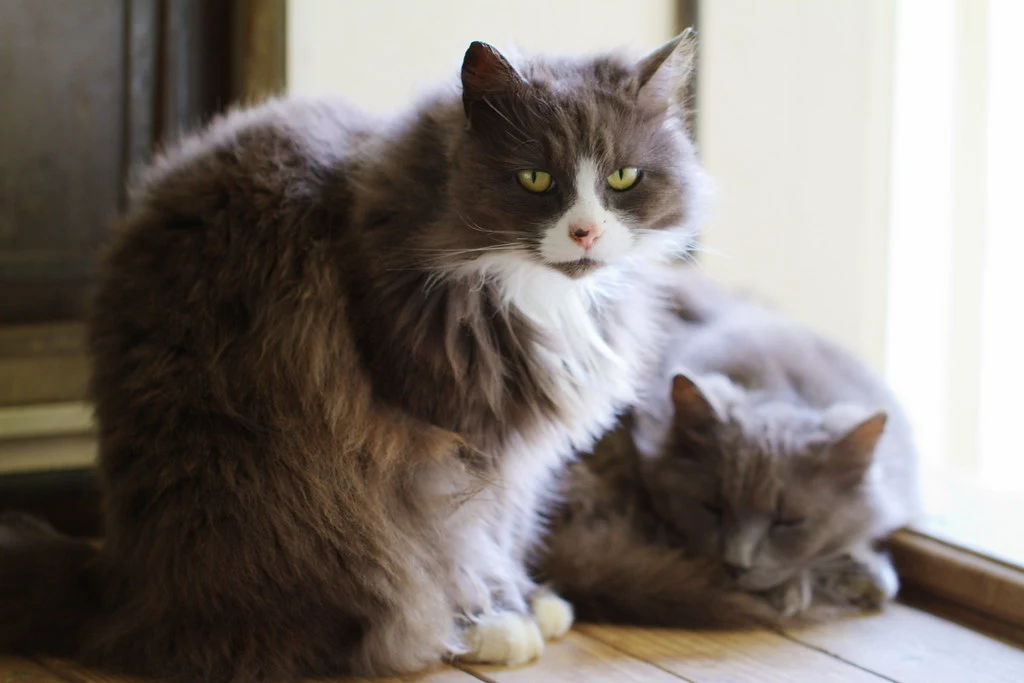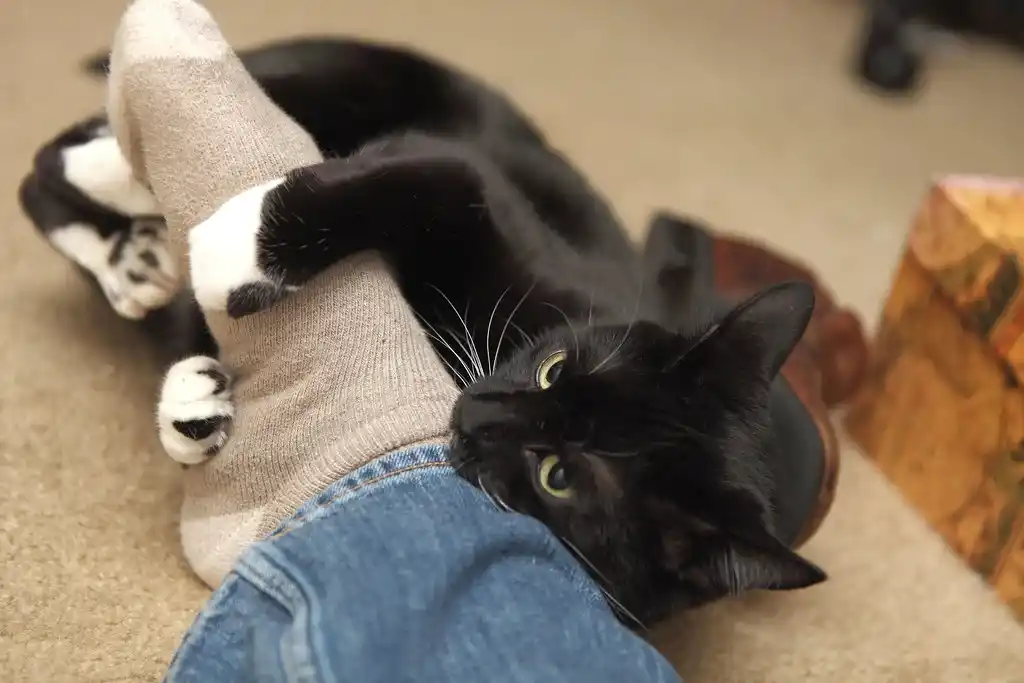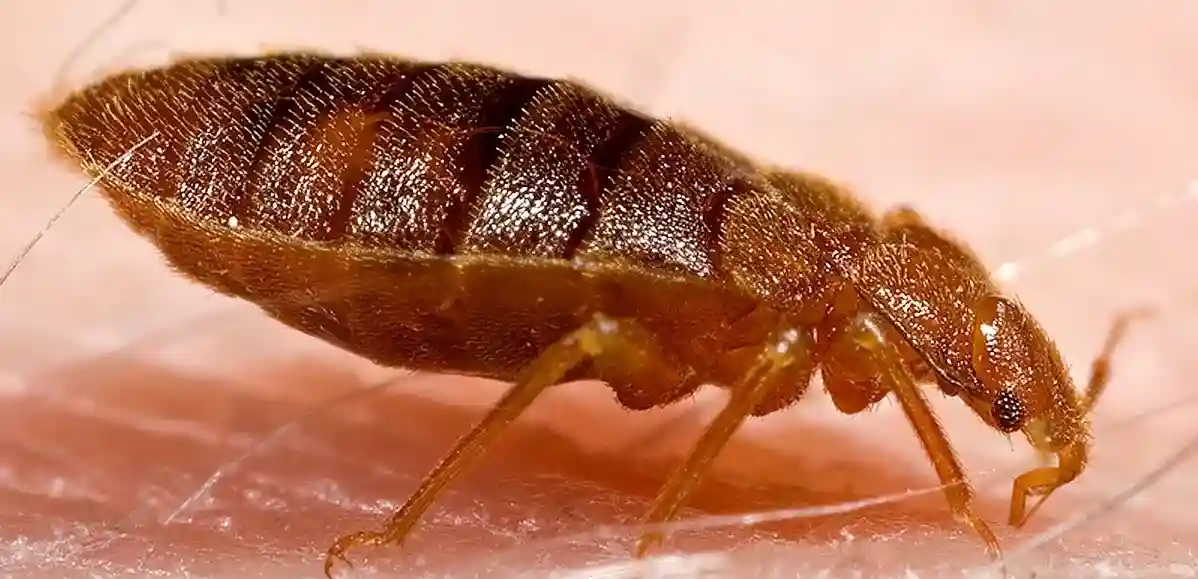How do you know your cat is bonded?
How do you know your cat is bonded? Although cats are naturally independent, anybody who has ever seen feline friendships knows that these animals are capable of strong, close ties. New cat owners may find themselves asking, “How do I know if my cats are bonded?” This book will take you through everything you need to know about identifying and understanding cat bonding. Understanding Cat Bonding It’s important to know what cat bonding includes before delving into the signs. Bonded cats have a relationship like that of close friends or family members. Between siblings, kittens kept together, or even unrelated cats that become close over time, this link may develop. For cats, bonding is very essential as it lowers stress, gives mental stability, and advances general wellness. Not only can having feline friends help your kitties, but it also makes your house harmonic. How thus can you find out if your kitties are indeed bonded? Let’s check this some further. How to Identify Bonded Cats Bonded cats behave differently than other cats that just tolerate one another. Identifying these signals guarantees that you know how your cat relates and can create the greatest possible surroundings for them. Signs your cats are bonded Sleeping or cuddling together: Cats choosing to sleep or rest near to one another is one of the most obvious signals of bonding among them.Cats choose their sleeping mates rather carefully. Your cats most certainly have a unique relationship if they often cuddle up together or even entwine while asleep. Personal Note: I remember the heart-warming scene when my first two kittens cuddled up on my sofa in a beautiful yin-yang form. I understood from that day they were inseparable. Rubbing Faces or Bodies on Each Other Cats that utilize smell to build familiarity and communication may rub faces or bodies on one other. Bonded cats are strengthening their relationship by rubbing their noses or bodies on one another, thereby releasing their odors. This action indicates confidence and a means of expression, “You are part of my family.” Cleaning, Licking, and Grooming One Another Housekeeping, Licking, and Grooming Again Grooming is a social behavior cats save for individuals they feel close to, not just for cleanliness. Regular grooming of each other by your cats indicates trust and love. For cats, mutual grooming strengthens their emotional bond and keeps them clean. Playing with No Aggression While play-fighting is common among all cats, bonded cats will play without signs of real aggression. Watch for relaxed body language, soft paw swipes, and playful pounces. This type of play helps build their bond and keeps them mentally and physically stimulated. How Long Does It Take for Cats to Bond? There is different bonding depending on it. For kittens raised together, the relationship usually forms fast and organically. It may be more difficult, however, introducing adult cats to one another. Two adult cats could develop a close, trusting friendship in weeks or even months. The secret is endurance and slow introductions. Tips for encouraging bonding: Use separate feeding stations at first to reduce competition. Provide plenty of toys to redirect any potential aggression. Ensure there are multiple hiding spots and vertical spaces to allow your cats to retreat when needed. Are cats happier in pairs? Many owners of cats question if their animal buddies would be happier with a buddy. The response depends on the nature of the cat. Social cats really gain from a friend. Their lives are enhanced by their enjoyment of grooming, playing, and lounging together. This lessens behavioral problems, loneliness, and boredness. Note: For more guidance on managing cats with unique personalities, check out our blog post How to Handle a Clingy Cat | Managing Clingy Cats. Some cats, however, are more lonely by nature and may not be suited for a friend. Adopt considering the temperament of your cat and choose a friend with a matching energy level and inclination. What Happens If You Separate Bonded Cats? Separating bonded cats can be highly distressing for both animals. They might display signs of depression, such as reduced appetite, lethargy, excessive vocalization, or searching for their missing companion. In severe cases, a cat may develop anxiety or other behavioral issues. Personal Story: Some cats, however, are more lonely by nature and may not be suited for a friend. Adopt considering the temperament of your cat and choose a friend with a matching energy level and inclination. If separation is natural, attempt to soften the change by including comfort things like shared bedding smelling of the absent friend. This may simplify the entire process and aid to lower stress. Case Study: What Happens When One of the Bonded Cats Dies? The loss of a bonded cat can profoundly impact the surviving cat. Grief in cats is real, and their behavior may change significantly as they process their loss. They might become more withdrawn, stop grooming themselves, or lose interest in activities they once enjoyed. Case study I once worked with a client whose cat, Toby, lost his bonded partner, Leo. For weeks, Toby would sit by the window and wait, refusing to play or eat properly. To help Toby, we introduced comforting routines and spent more time engaging him with interactive toys. Over time, Toby found his joy again, though it was clear Leo’s memory remained with him. If you find yourself in this situation, consider: Spending extra time comforting the surviving cat. Introducing new toys and interactive play sessions. Gradually consider adopting a new companion if your cat shows signs of loneliness. For more insights on feline behavior, read our article Why Does My Cat Randomly Attack and Bite Me? to understand more about sudden behavioral changes in cats. conclusion Understanding your cats’ bond helps you provide better care and enriches your experience as a pet owner. Have you seen signs that your cats are bonded? Share your stories or tips in the comments below! For more tips on kitten care and understanding feline behavior, don’t forget to check … Read more





